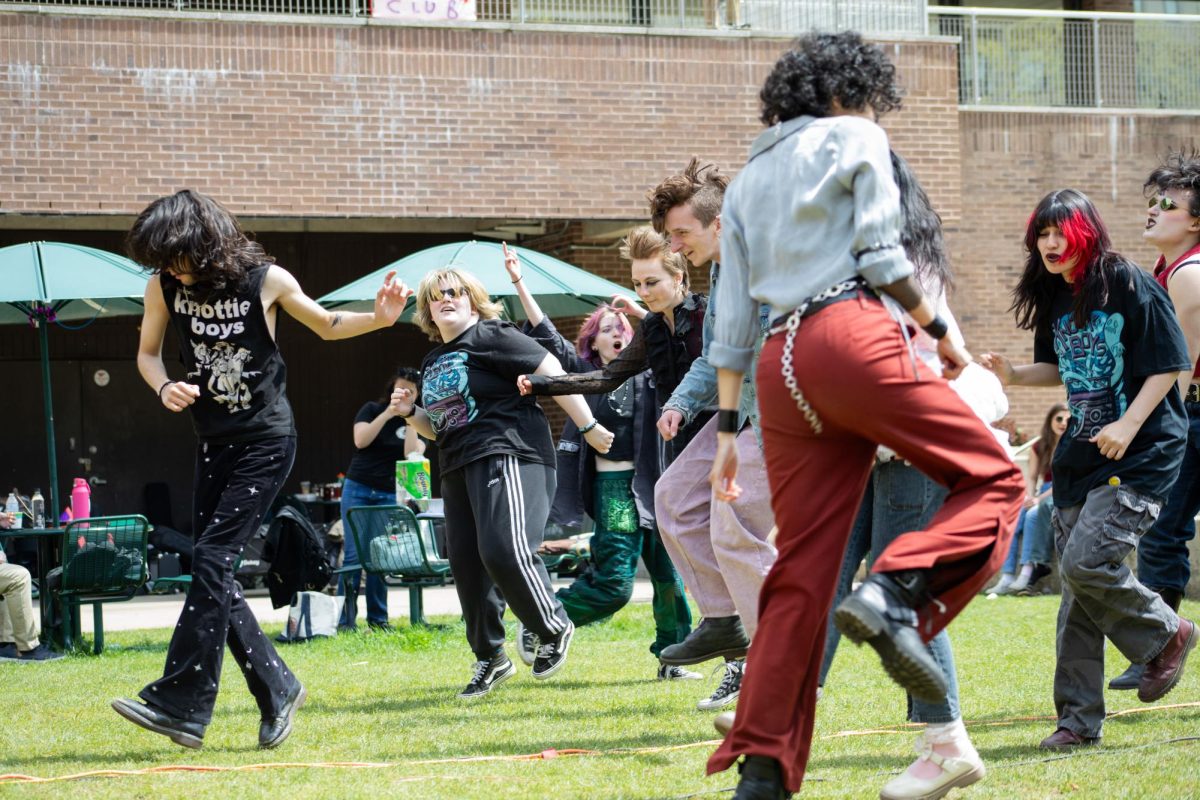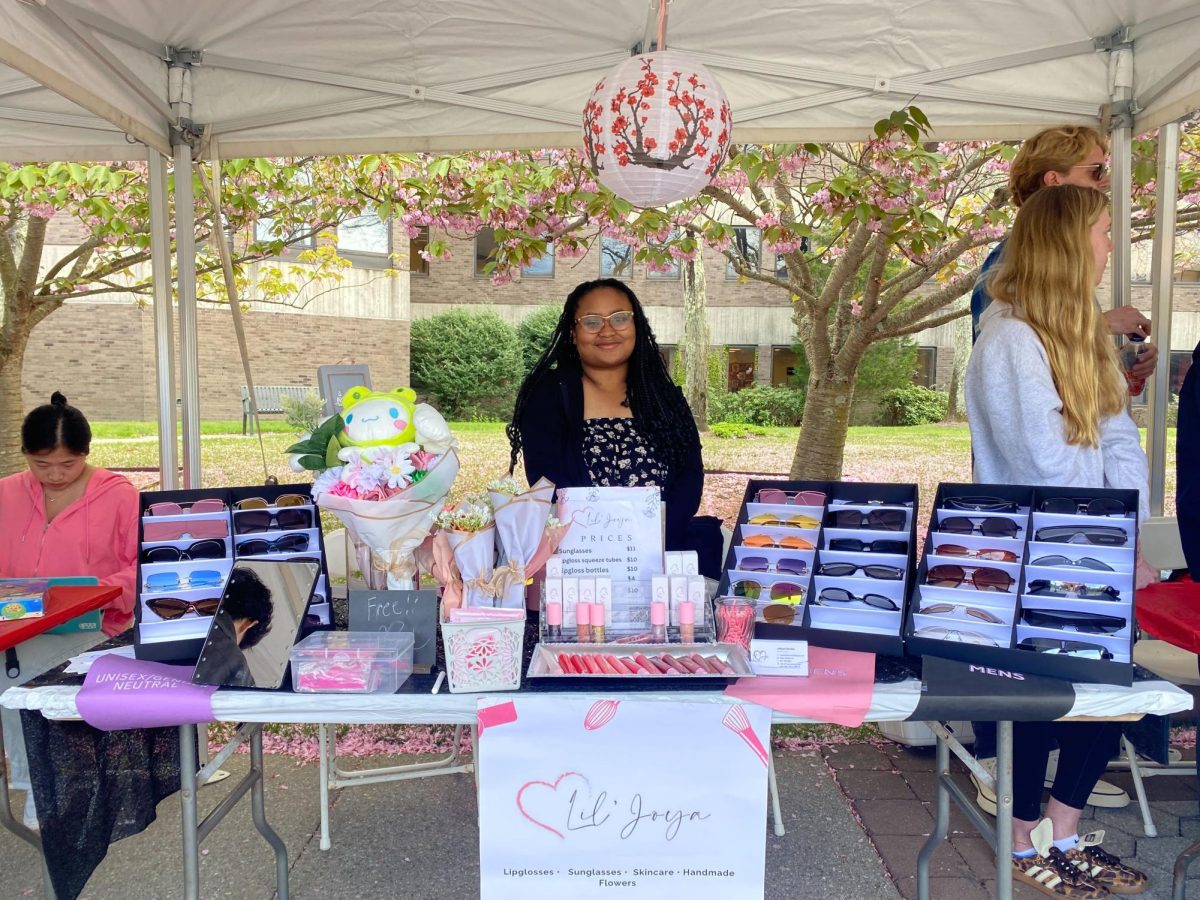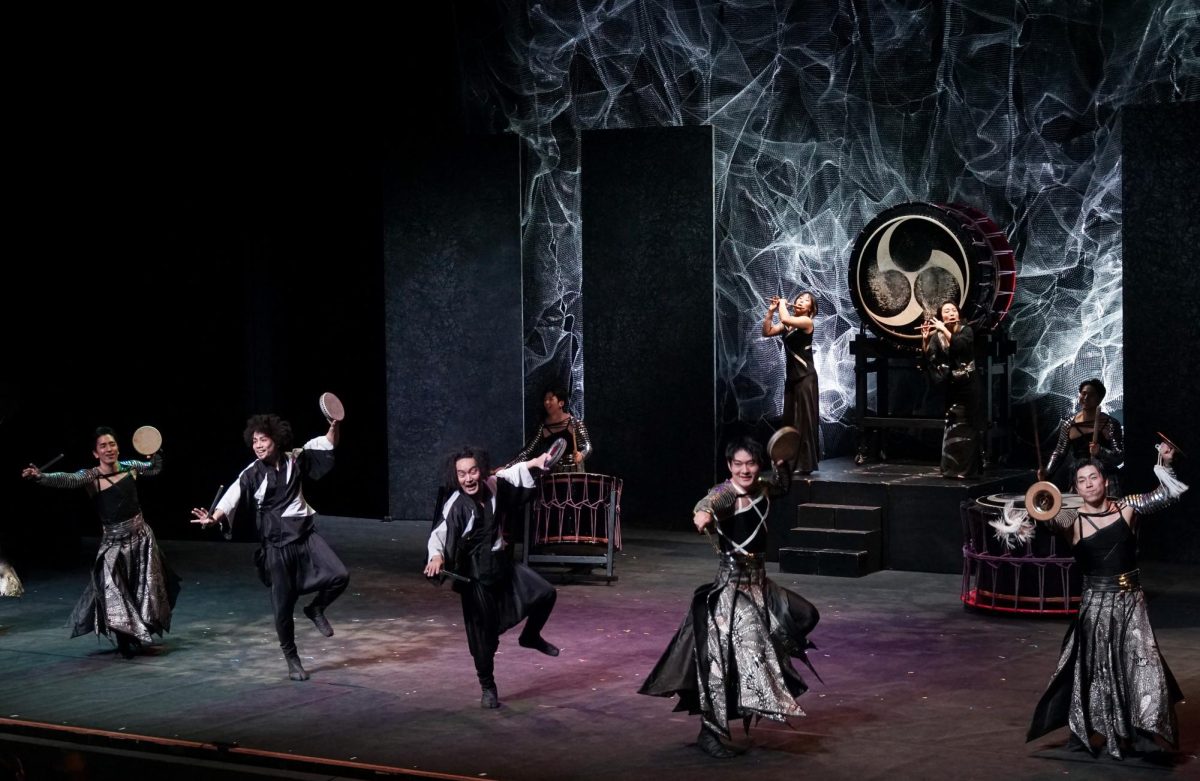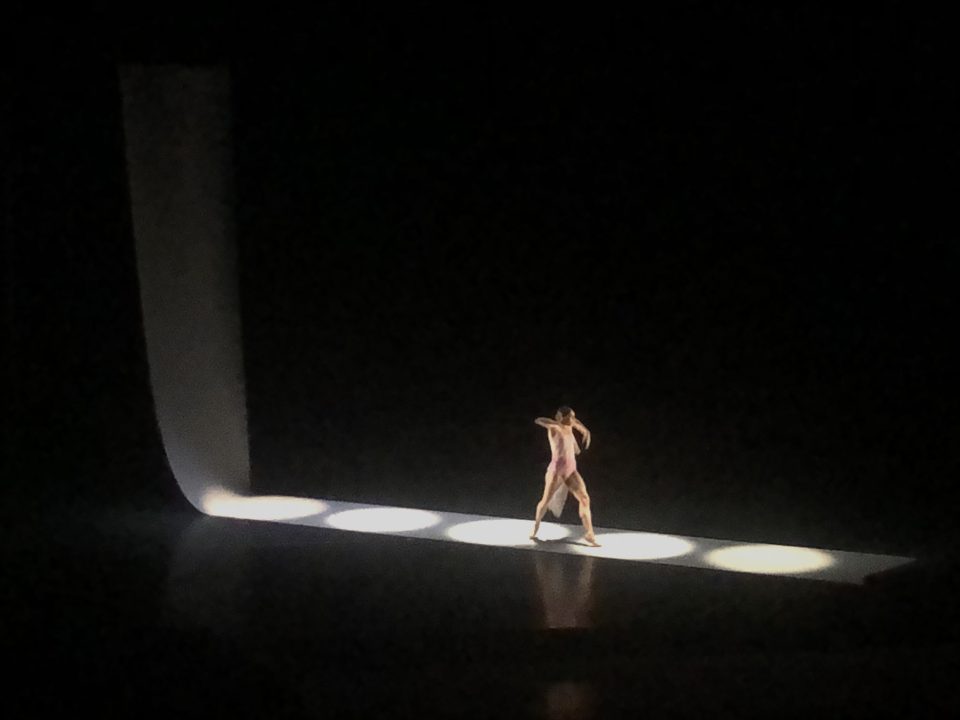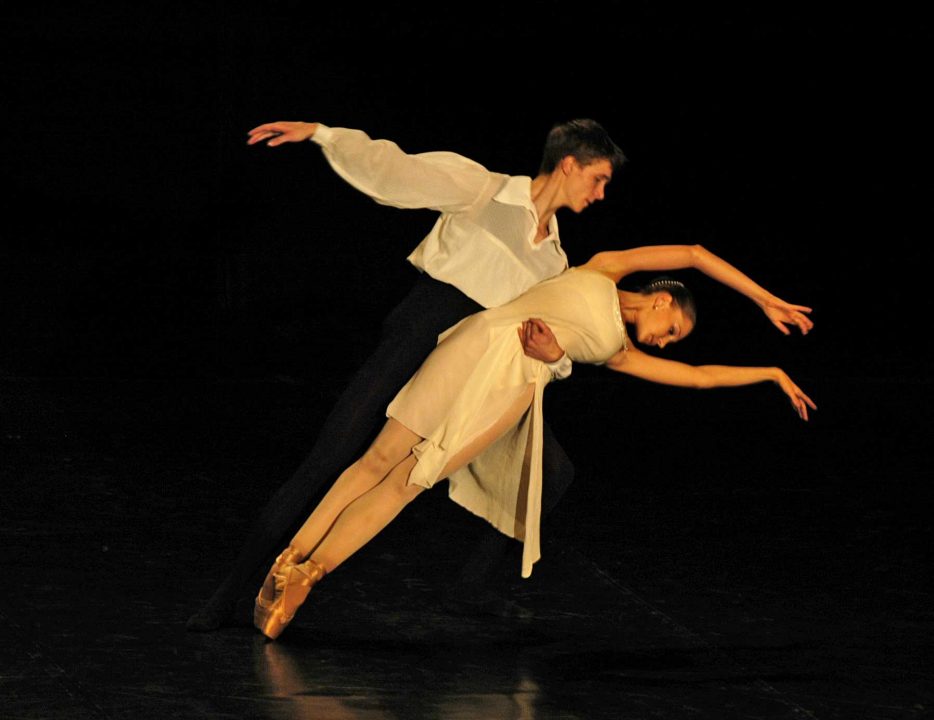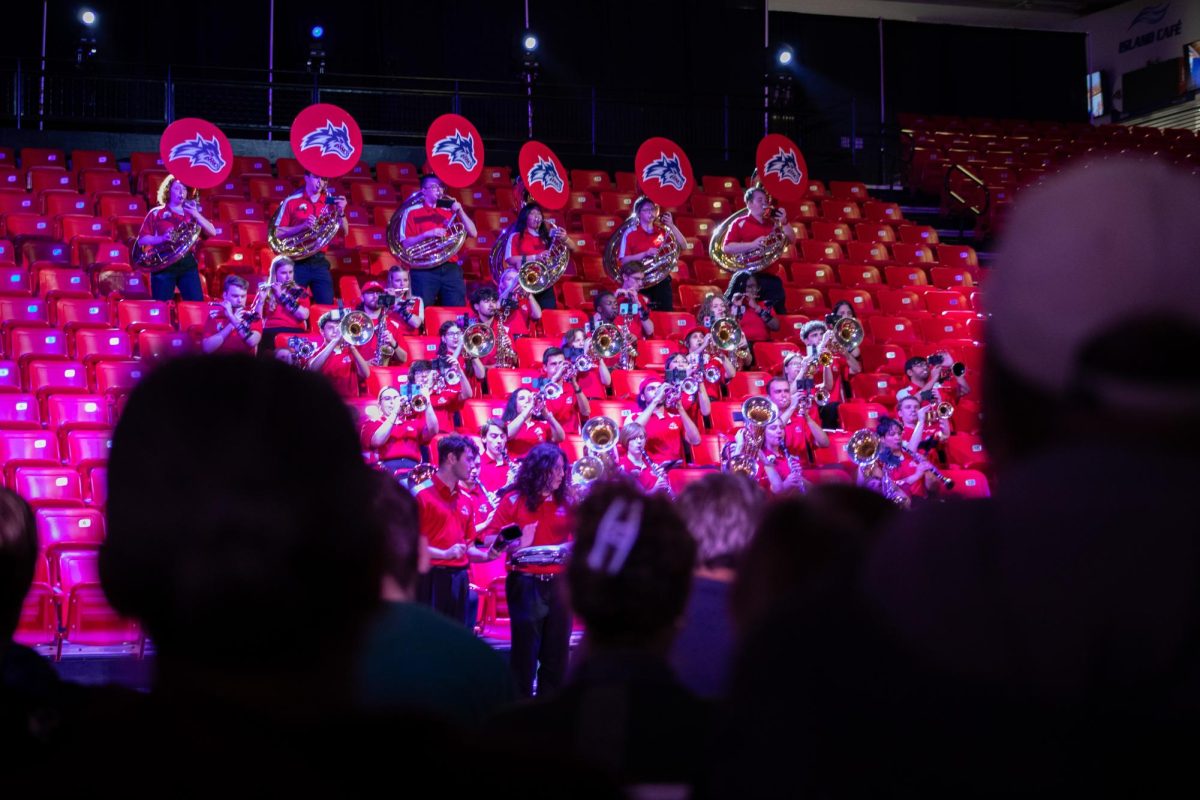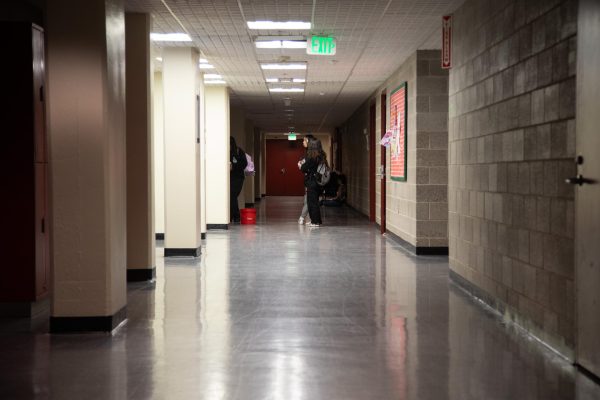
From Stony Brook University’s Philippine United Student Organization’s three dance teams to Wolfie’s Big Band, there is no shortage of performance-based clubs on campus. According to the 2023-24 Club Directory, there are 25 official performance clubs.
But this list only includes some of the clubs that require practice spaces. For instance, Stony Brook’s anime club, Animated Perspectives, falls under the category of leisure activities, and members do not typically request practice spaces. Last fall semester, they started a Japanese idol group called Starry With: U, where students can learn dance covers from J-pop artists, idol groups or anime.
Dani Duong, a junior majoring in computer science and the vice president of Animated Perspectives, started the new idol group. While the group is currently operating under Animated Perspectives, Duong expressed her desire to establish the group as a separate club starting next semester in an interview with The Statesman.
The group currently alternates between practicing in the Campus Recreation and Wellness Center and the Stony Brook Union rehearsal room on Tuesdays, Thursdays and Sundays.
One problem with the Union’s rehearsal space, which is located in the basement, is the absence of mirrors. According to the Campus Life Centers’ website, this space features “impact resistant rubber flooring.” In an email interview with The Statesman, the president of Jubilé Latino, Brianna Chavez, a junior double majoring in mass communication and sociology, explained that the soft and uneven floor texture is less than “ideal,” especially since they wear ballroom heels. The club specializes in Latinx-Afro dances such as bachata and salsa.
Duong said that other clubs sometimes practice in the lobby spaces of various buildings such as Earth and Space Sciences (ESS) since “there’s so little places with mirrors, we have to make do with windows.”
According to the Venues for Student Organization Event Reservations, there are only 15 designated locations listed under the practice spaces section. Among these, five are practice rooms located in the Tabler Center, each with a capacity for only one or three people.
Under the Practice and Rehearsal Space section of the Community Guidelines for Recognized Student Organizations (RSOs), clubs can reserve a total of six hours of practice per week, with reservations “longer than 4 hours at a time [being] at the discretion of [Student Engagement and Activities], as well as space availability.”
Community guidelines for booking practice spaces and rehearsal spaces by RSOs require submitting requests at least two weeks in advance. If RSOs do not adhere to these booking guidelines, penalties include potential cancellation of reservations after repeated “no show” or ”no call” instances.
For large-scale events that require rehearsals, “hosting organizations may only book one rehearsal in a large programming space (i.e. Ballrooms, SAC [Student Activities Center] Auditorium, etc.) with or without tech not to exceed six hours.”
Clubs reserving rehearsal spaces in the Campus Recreation and Wellness Center are also subject to restrictions based on whether their practice falls within “prime time.” According to the center’s policies, the “maximum time block is 1 ½ hours during prime time or 2 hours [during] ‘non-prime time.’” Prime time for indoor spaces is Mondays through Thursdays from 5 p.m. to 11 p.m. For outdoor spaces, it is from 6 p.m. to 11 p.m.
Stony Breakers, the University’s breakdancing club, previously held their practices in the SAC rehearsal room. But, when they tried to book the room for the semester, they faced roadblocks as other groups had reserved it first. Quickly adapting to the situation, they currently practice in the lobby of the ESS building every Tuesday and Thursday for two hours each.
Sophomore psychology major and Vice President of Stony Breakers Hannah Zhou said in direct messages with The Statesman on Instagram that they have received complaints about disrupting classes because their practice sessions coincide with ongoing classes in the building.
There are a few notices posted on the walls in the ESS building stating “No Dance Practicing” between 8:30 a.m. and 8:30 p.m. on weekdays, citing “too many complaints of dancing-related noise interfering with classroom activities.”
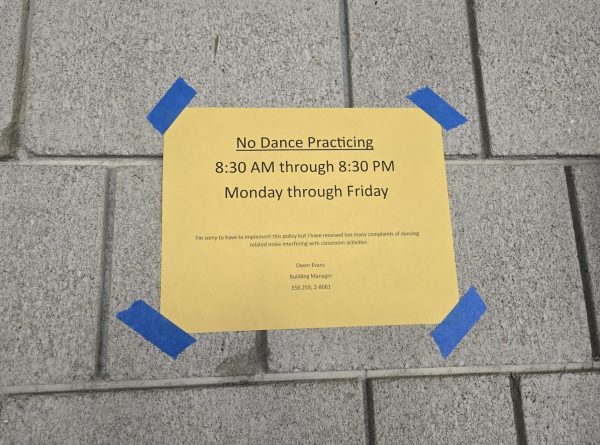
The building manager of the ESS building, Owen Evans, explained in an interview with The Statesman that the spaces where students like to practice are hallways and lobbies, which cannot be reserved through 25Live, the website used to book classrooms and meeting spaces for club meetings. However, hallways and lobbies also do not fall under the jurisdiction of the Registrar’s Office. Evans advised the students through another notice posted on the walls that “the best way for [them] to continue to enjoy access to this space is to be sure [they] are not intruding on officially scheduled classes and office work,” expressing uncertainty about whom to approach to resolve this issue.
“There’s a lot of dance groups and even frats, and some cultural groups practice sometimes,” Zhou wrote. “There’s not enough places for everyone to seize a good spot without overlapping.”
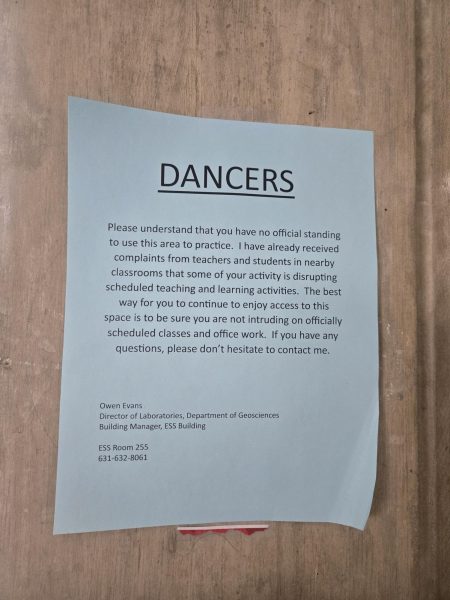
She said that Stony Breakers’ goal is to secure the SAC rehearsal space for next semester, as its smooth wooden floor better suits their performance needs, and the mirrors help them see how they look when dancing.
Although the rehearsal room in the SAC basement has mirrors, multiple performance group members have expressed that it lacks space for larger groups and air circulation.
Earlier this semester, students could not use the space due to the discovery of mold.
Daniel Soszynski, director of Campus Life Centers, wrote in an email to The Statesman that “the renovations in this rehearsal space have just been finalized, and we’re happy to announce that starting Thursday, April 4, SAC 010 [the rehearsal room] is available for reservations.”
Sanjukta Mahata, a junior majoring in health sciences and a member of Brook Bhangra, the Punjabi folk dance team, raised another issue: practices tend to run late, with many starting between 7 p.m. and 8 p.m. due to class schedules. She further explained that they frequently have to switch between different rehearsal spaces.
“For people that need to take a train back or they have to commute back home, dealing with parents, that whole thing, it tends to be a little bit difficult especially if we don’t have a designated spot where we’re always meeting,” Mahata said in an interview with The Statesman. “It’s the lack of consistency that, I feel, is a problem, especially for people who need to plan around that.”
Mahata expressed her desire for a space on campus “dedicated to dance teams” but also emphasized the need for a more effective method for all performance groups to communicate and coordinate their respective needs. However, she did not specify what this method would entail.
Christine Marullo, Director of Student Engagement and Activities (SEA), wrote in an email to The Statesman that the department has been trying to “identify new spaces or modify existing spaces to meet the needs of our performance groups.” Regarding spaces that student clubs cannot officially reserve, the department has revised its policies “to help our student organizations in managing this and working with building managers to remain within established policies.”
SEA has also sent numerous communications to club leaders and has held an open forum where they invited them to share their concerns and recommendations regarding the use and availability of practice spaces.
“As a result of this feedback, we have been actively working with and advocating with campus partners to make headway on some of the tangible short-term wins, as well as longer-term goals,” Marullo wrote. “Unfortunately, we are limited in what we are able to remedy in the short-term as we have more groups than we have spaces that are outfitted to meet the unique needs of our various performance groups, and sometimes those groups request practice at the same peak times.”
Although there are long-term goals to improve the availability and accessibility of practice spaces on campus, students do not perceive these efforts as being fully realized on a day-to-day basis.
“When we go to other schools and we see the footage of their rehearsal spaces, it is apparent that Stony Brook University does not value our clubs as much as other organizations,” Chavez wrote. “We are the first organizations our university contacts to showcase diversity, culture and to entertain the student body. But when we need spaces to rehearse they are quiet.”
Clare Gehlich contributed to reporting.







